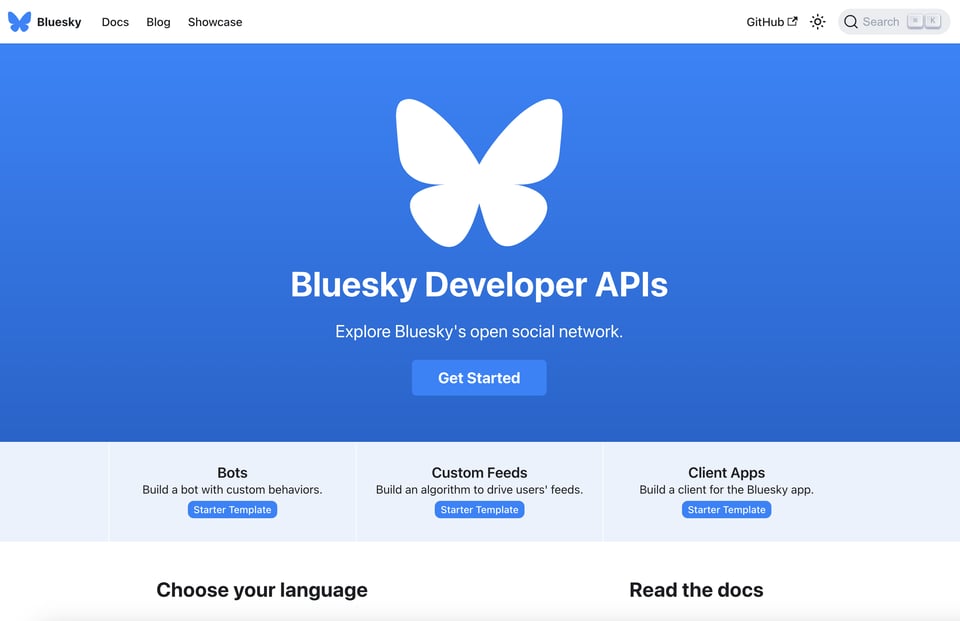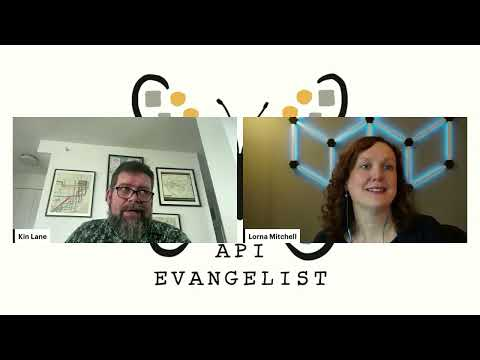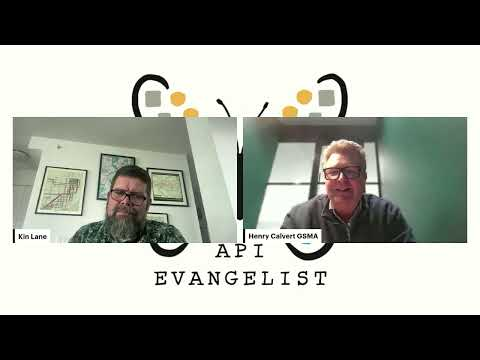Weekly API Governance (Guidance)
My name is Kin Lane—I am that API Evangelist guy who has been paying attention to the technology, business, policies, and people of APIs since 2010.
The days are getting shorter and are moving by very fast, and I feel the business world slipping into the holiday season hole. Honestly, everyone feels like they are still trying to just deal with all the uncertainty in the world from the US election to artificial intelligence, and nothing seems very real or genuine-—it just feels like an alternative timeline which we are collectively stuck in.
As I move closer to 2025 I am shifting my narrative from talking about the process behind what I am building to showcasing the output of what I am building. But I still have many questions about what is actually needed in this moment, and what this point in my fifteen year API journey will being contributing to the mix of technological stories, solutions, and distractions.
Who Am I, and What Do I Do?
I left off with last week’s newsletter with a reference to my exploration around me just being an API surveyor and assessor. I don’t think that API governance adequately describes what I am doing in this moment, and governance is just one possible experience that might be motivating enterprises when it comes to investing across their API operations.

The outputs of API surveying and assessment can be used to power strategic level things like API discovery, security, and governance, as well as tactical things like documentation, sandboxes, and SDKs. I’d like to not hitch my API wagon to any single strategic or tactical offering, and stay focused on the artifacts in a Git repository that can be used to inform everything.
Understanding Social Change
A big part of the API Evangelist identity was established via Twitter from 2010 through 2015, and is something that does not exist anymore. To help me make sense of the shift in the social media landscape I generated my first Bluesky API bearer token, and got to work looking back in time to help me better understand what the future of the Bluesky community could be, alongside Mastodon and Threads.

The best way to get to know any platform and it’s community is to get hands-on with the API, understanding how the platform sees things, but then use the platform’s own APIs to intimately understand how the community sees things as well. While there is a lot more work to be done on the Bluesky API, I walked away from this weeks work with 2012 social media API tingles in the back of my digital soul.
API Evangelist Conversations
The week was full of interesting conversations, beginning with a talk about platforms with Asanka Abeysinghe, CTO at WSO2. My conversation with Asanka reflects the thawing of my prohibition of API service providers from my podcast now that I know more of what I will be offering in 2025, and where I overlap and compete with many of the people I know from up and down the API shakedown street.

Lorna Mitchell came back for another conversation, this time to discuss the new OpenAPI overlays specification, which has been in the works for a while now, but just got pushed out the door by the OpenAPI Initiative (OAI). Lorna is a wealth of knowledge and opinions when it comes to the API experience, but she understands, and is hands-on with OpenAPI at a level or two above where I operate, so I am always thankful to have her by to educated me on what is happening.

The week wrapped up with a conversation with Henry Calvert, Global Head of Future Networks at GSMA, where I learned more about their industry wide efforts to standardize a set of APIs that promise to make mobile networks more visible and manageable. GSMA has been on my list of standards I wanted to dive into alongside TM Forum and others, and this conversation gave me the chance to roll up my sleeves and being doing the work.

There will only be a handful more of API Evangelist conversations here in December, and will begin diverting most conversations into the New Year. As I said, I will be opening up invitations to API service providers in 2025—something I hadn’t done this year, but the primary focus on my conversations in the New Year will be to better learn how business stakeholders are seeing things.
What Matters in 2025?
Making APIs visible is what matters the most in 2025 when it comes to API Evangelist. All of the services I will be offering will be focused on making schema, APIs, teams, and all the other parts of API operations more visible to both the business and engineering side of operations. I will continue helping make things more visible and tangible with stories, markdown, YAML, and JSON, and is something that also includes revealing the bias that exists across all of our API operations using the photos I publish as part of my storytelling.

When it comes to us humans, whether we are producing or consuming APIs, or the end-users of the application of these digital resources throughout our professional and personal worlds, being able to see and have a conversation about how it all works (or doesn’t) is going to be critical to our health and well being in coming years. Honestly I don’t see AI applications any differently than I saw mobile applications, in that pulling back the curtain and making the digital pipes accessible, visible, and something we have control over is what will matter the most, and in 2010, 2020, and 2030, those pipes are APIs.
